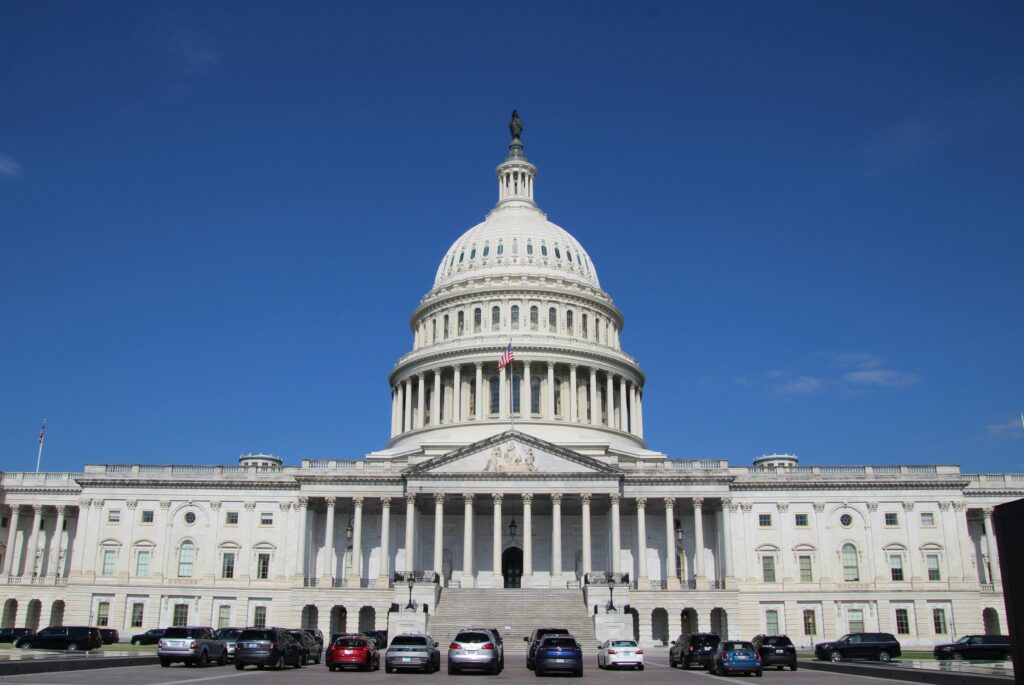“Ever lost sleep wondering if your investments are safe from unexpected political chaos? Spoiler: You’re not alone.”
In an unpredictable world where global tensions can flip financial markets upside down, mastering Investment Protection Guidelines is no longer optional—it’s essential. Whether you’re a seasoned investor or just dipping your toes into international waters, understanding how political risk insurance fits into the bigger picture could save your portfolio. In this guide, we’ll walk through why political risk insurance matters, actionable steps to protect your wealth, and some brutal truths about what NOT to do.
Table of Contents
- Key Takeaways
- Why Should You Care About Investment Protection?
- Step-by-Step Guide to Implementing Investment Protection Strategies
- Best Practices to Maximize Your Investment Safety Net
- Real-Life Success Stories in Political Risk Mitigation
- FAQs on Investment Protection Guidelines
- Conclusion: Play Defense Like a Pro
🔑 Key Takeaways
- Political risk insurance shields assets from unforeseen government actions or instability.
- Investment Protection Guidelines help diversify risks and minimize losses.
- Mistakes like ignoring local regulations can cost you dearly—don’t skimp on due diligence!
- Examples show that proactive strategies lead to safer returns even during crises.
🤔 Why Should You Care About Investment Protection?
Let me tell you a story. A few years ago, I watched my buddy Dave invest half his life savings in a promising overseas property venture. He was confident, he had spreadsheets, he even consulted friends who “knew someone.” But one tiny detail slipped under his radar: sudden changes in foreign ownership laws. Within months, his once-golden opportunity turned into a bureaucratic nightmare. His mistake? Failing to consider political risks upfront.
Now imagine scaling this up to larger corporate investments—without safeguards, entire projects crumble overnight. According to recent studies by the World Bank, almost 50% of cross-border investments face significant disruptions due to geopolitical events annually. These aren’t just numbers; they represent real money disappearing faster than your coffee on a Monday morning.

That’s where political risk insurance comes in—a critical tool within robust Investment Protection Guidelines. This type of coverage mitigates losses caused by expropriation, civil unrest, currency inconvertibility, and other hazards beyond your control.
📋 Step-by-Step Guide to Implementing Investment Protection Strategies
Step 1: Assess Your Risks Thoroughly
Optimist You: “I’ve got this covered! Everything seems fine.”
Grumpy You: “Ugh, unless you’re secretly CIA, no, you don’t have it all figured out.”
Start with a detailed analysis of potential threats specific to your target region. Research historical stability trends, current economic policies, and regulatory frameworks. Tools like Transparency International’s Corruption Perceptions Index provide insights into governance quality.
Step 2: Explore Insurance Options
Contact reputable insurers specializing in political risk products. Compare premiums, coverage limits, and terms carefully. Note that cheaper isn’t always better—some policies might exclude common scenarios.

Step 3: Structure Deals Wisely
Negotiate contracts that include clauses addressing possible disputes or defaults. Consider using third-party escrow services to add another layer of security.
Step 4: Stay Updated & Adapt
Risk landscapes evolve constantly. Subscribe to reliable news outlets, attend industry webinars, and maintain relationships with local partners for firsthand information.
💡 Best Practices to Maximize Your Investment Safety Net
- Diversify Geographically: Don’t put all eggs in one basket. Spread investments across regions with varying levels of stability.
- Engage Legal Experts Early: Lawyers familiar with international business can spot red flags before they escalate.
- Build Contingency Plans: Have backup exit strategies ready should conditions deteriorate unexpectedly.
🌟 Real-Life Success Stories in Political Risk Mitigation
Take multinational Corporation X as an example. By purchasing comprehensive political risk insurance before expanding operations into South America, they avoided catastrophic losses when regional protests temporarily halted production. Thanks to their forethought, payouts kept cash flow intact while operations resumed post-conflict.
On the flip side, Company Y ignored similar precautions and faced severe setbacks after sanctions hit their primary market. Their failure serves as a glaring reminder of what happens when investment protection takes a backseat.

❓ FAQs on Investment Protection Guidelines
What exactly does political risk insurance cover?
It typically protects against perils such as expropriation, war, terrorism, and currency transfer restrictions.
How much does this kind of insurance cost?
Premiums vary widely based on location, sector, and scope of coverage but generally range between 0.5%–3% of insured value annually.
Is political risk insurance worth the expense?
Absolutely—if undervalued regions offer lucrative returns, the peace of mind and financial cushion make it invaluable.
📚 Conclusion: Play Defense Like a Pro
Protecting your hard-earned investments requires more than crossing fingers and hoping for the best. From implementing thorough risk assessments to leveraging tools like political risk insurance, following these Investment Protection Guidelines sets you apart from uninformed competitors.
Remember, every seasoned investor has stumbled at least once—but learning from those missteps builds resilience. So gear up, stay informed, and start safeguarding your future today. And hey, while you’re at it… treat yourself to a latte. You earned it.
(P.S.: Like Pac-Man chasing pellets, keep pursuing smarter strategies—one small move at a time.) 🕹️☕


